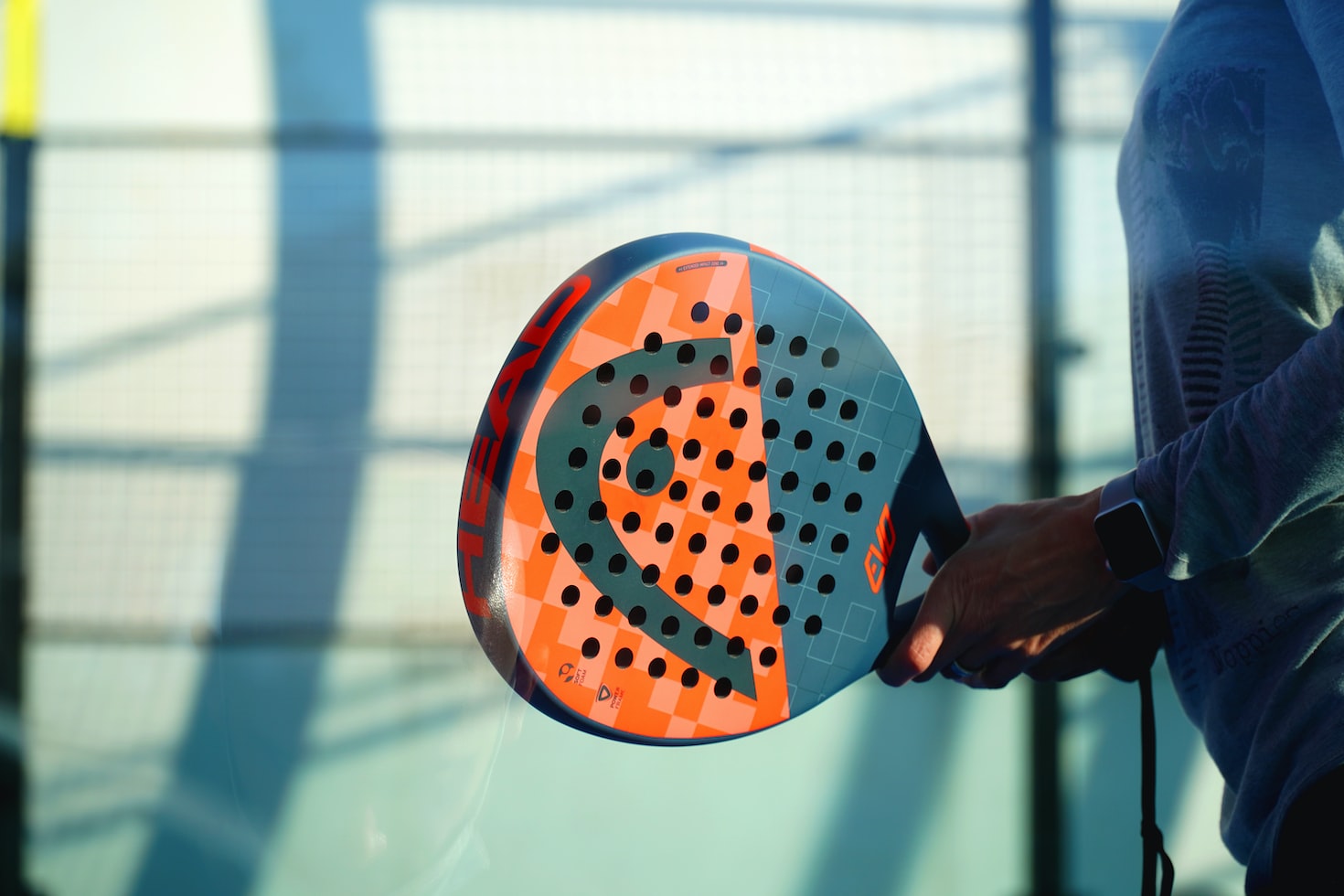Understanding the Volleys: Rules and Techniques in Padel
3 min read
Understanding the Volleys: Rules and Techniques in Padel
Padel: A Fast-paced and Exciting Sport
If you’re a fan of racquet sports, then you must have heard about padel. This fast-paced and exciting game originally from Mexico has gained popularity worldwide. Padel is a strategic mix of tennis and squash, played in a smaller court surrounded by glass walls. One of the key shots in padel is the volley, an essential technique every player should master. In this article, we will explore the rules and techniques behind this versatile shot.
What are the Volley Rules in Padel?
Before diving into the techniques, let’s take a moment to understand the rules regarding volleys in padel. According to the official padel rules, you are allowed to hit the ball on the volley as long as it has bounced once on your side of the court. This means that you must let the ball bounce before attempting a volley. Once the ball has bounced, you can play either a forehand or a backhand volley. However, remember that volleys are not allowed if the ball bounces twice on your side or if it hits the wall before you make contact.
Mastering the Forehand Volley
The forehand volley is an offensive shot used to aggressively return low balls in front of your body. To execute this shot effectively, you need to position yourself correctly. Keep your feet shoulder-width apart, with your non-dominant foot slightly forward, and your knees slightly bent. As the ball approaches, step forward with the same-side foot and transfer your weight onto it. Use a short swinging motion, making contact with the ball slightly in front of your body. Aim to hit the ball with a flat racquet face, keeping it low and close to the glass walls for power and accuracy.
The Backhand Volley: A Versatile Move
The backhand volley is equally important and can be a game-changer when executed properly. While the forehand volley is more straightforward, the backhand volley requires a bit more finesse. Begin by positioning yourself sideways, with your non-dominant shoulder facing the net. Flex your knees slightly and keep your weight balanced between your feet. When the ball approaches, extend your dominant arm out in front of you and make contact with the ball just before it reaches waist height. Keep your wrist relaxed and use a firm but controlled swing, directing the ball back to your opponent’s court.
The Volley: Timing and Anticipation
To excel in volleys, timing and anticipation are crucial. You must be quick on your feet and read your opponent’s shots. In doubles, communication with your partner is essential for determining who will take the volley. Anticipate the ball’s trajectory and move towards the ideal position on the court to make the volley easier. Remember, padel is a game of strategy; if your opponent consistently plays weak volleys, consider using lobs or drop shots to exploit their weaknesses.
Become a Volley Master in Padel
Now that you have a solid understanding of the rules and techniques behind the volley shots in padel, it’s time to hit the court and put them into practice. Remember to stay focused and adapt your strategies based on the situation. It’s all about timing, positioning, and communicating effectively with your partner. With practice, you’ll be able to execute powerful volleys and gain an edge over your opponents.
In conclusion, volleys play a fundamental role in padel and mastering them can greatly enhance your performance on the court. Understanding the rules, perfecting your technique, and using strategies effectively are key to becoming a volley expert in this exciting sport. So grab your padel racket, step onto the court with confidence, and get ready to unleash your volley skills!






